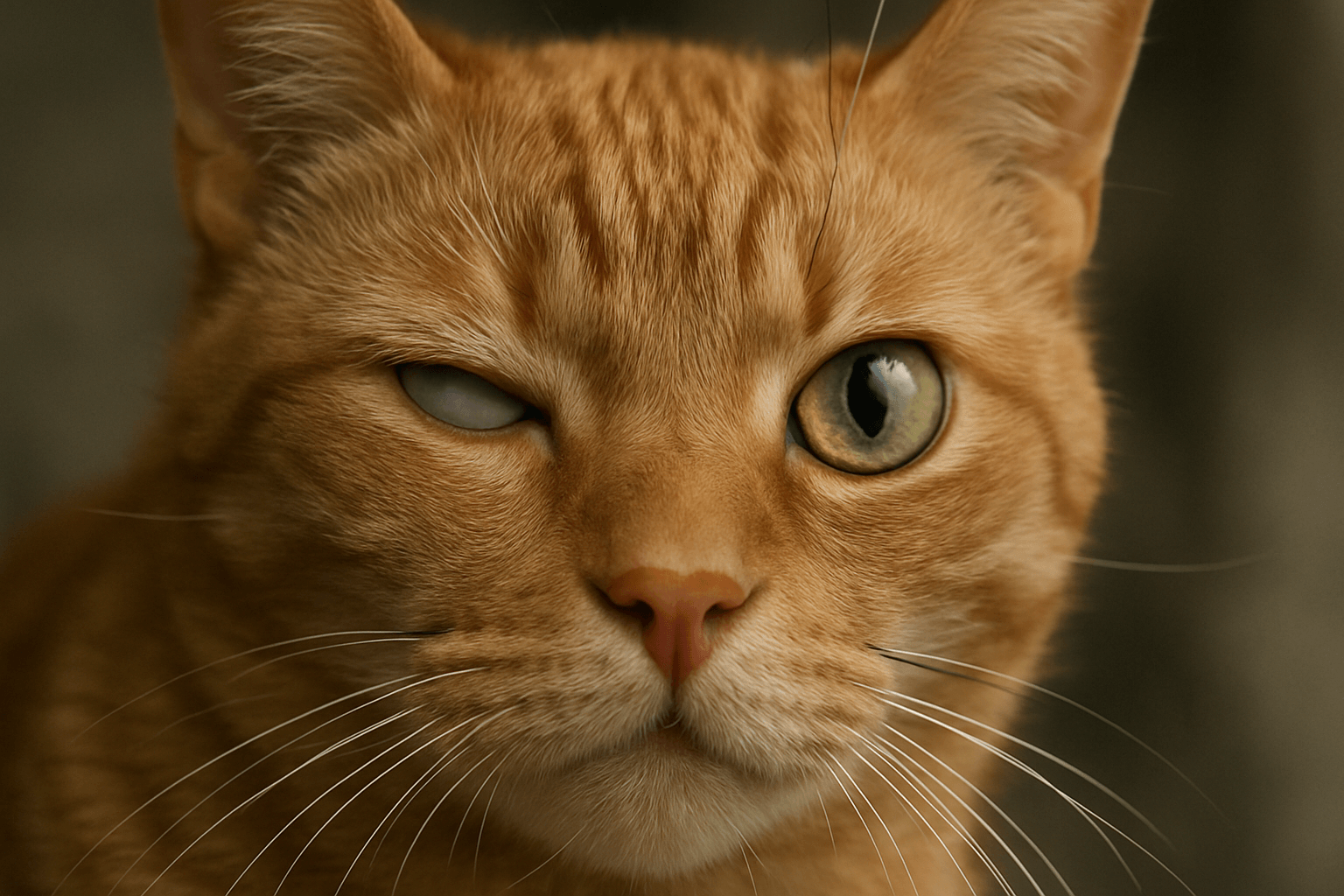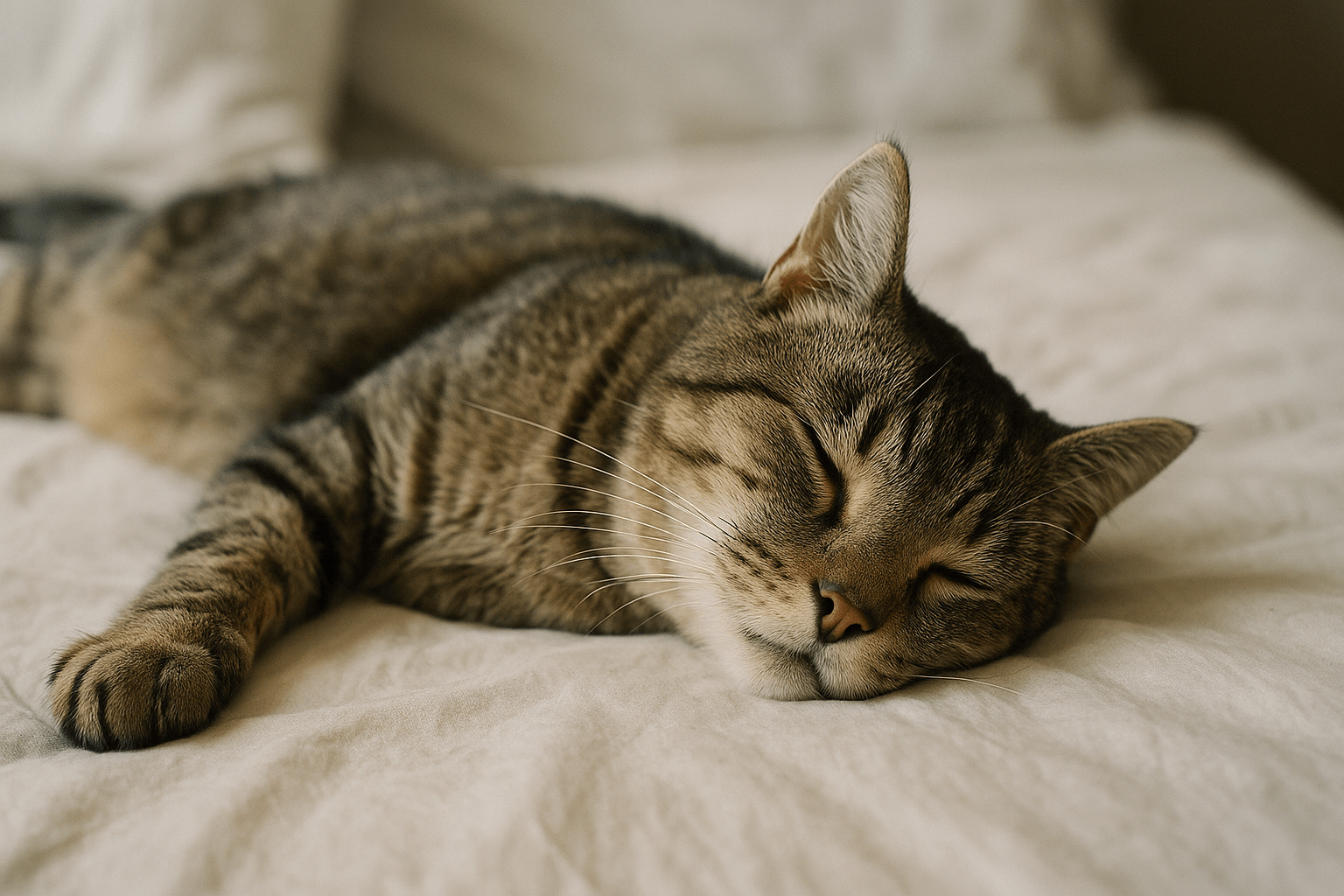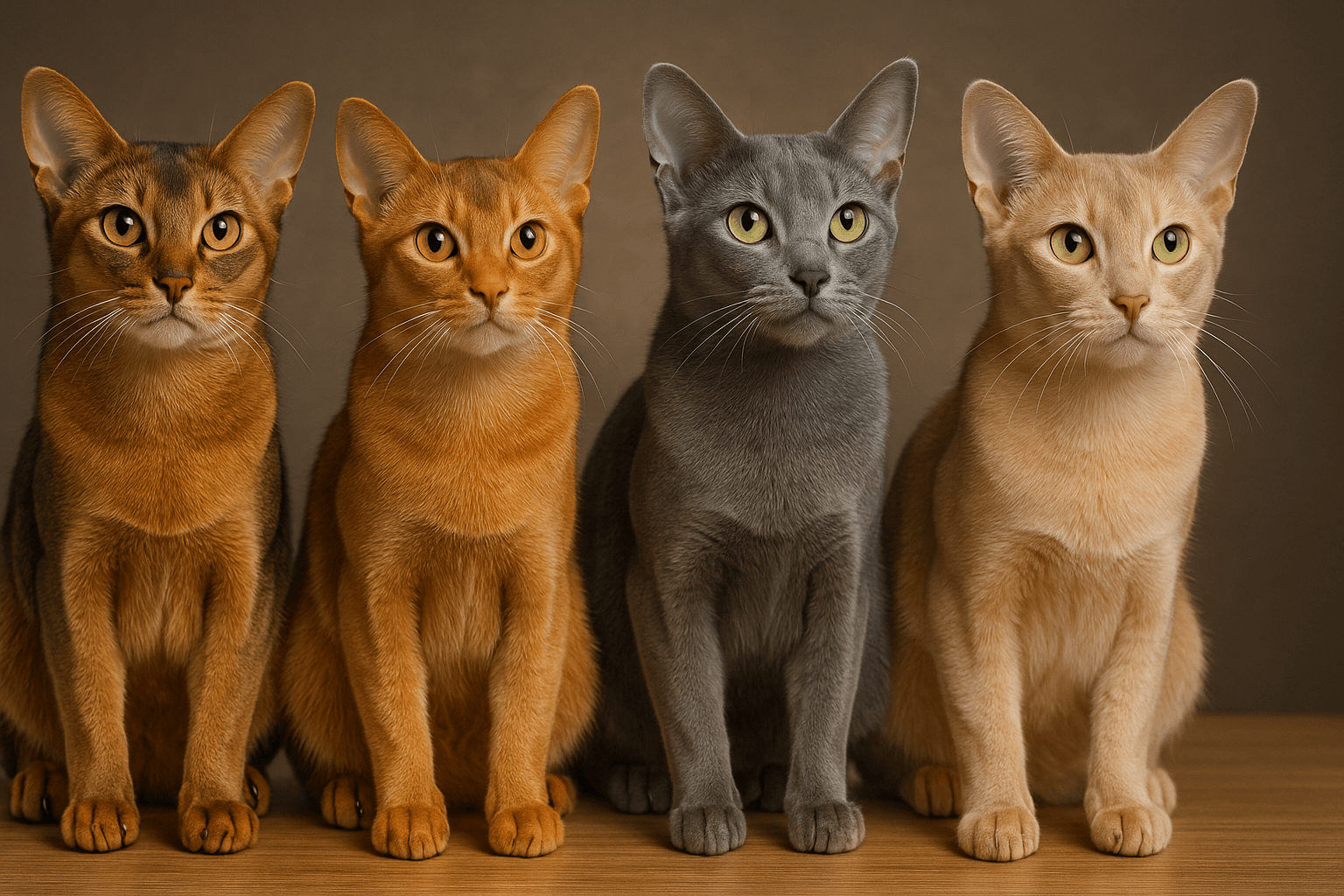Cat Food vs Dog Food: What’s the Difference?
When it comes to feeding our beloved pets, understanding the differences between cat food and dog food is essential for their health and well-being. While both cats and dogs are carnivorous mammals, their nutritional needs vary significantly due to their unique biology and dietary requirements. Cats, as obligate carnivores, rely heavily on animal-based proteins, while dogs, as omnivores, can digest a wider range of foods. Mixing up their diets or feeding them the wrong type of food can lead to nutritional deficiencies or health issues. In this blog post, we’ll explore the key distinctions between cat food and dog food, helping you make informed choices for your furry companions.
Key Nutritional Differences Between Cat Food and Dog Food
Cats and dogs have distinct dietary needs, which are reflected in the formulation of their respective foods. Understanding these differences ensures your pets receive the nutrients they require to thrive.
Protein Content:
Cat food contains higher levels of protein to meet the needs of obligate carnivores, while dog food has moderate protein levels suitable for omnivores.Taurine Requirements:
Cats cannot produce taurine, an essential amino acid found in animal tissues, so cat food is fortified with it. Dogs can synthesize taurine, so it’s not a priority in their food.Fat Levels:
Cat food typically has more fat to provide energy and support skin and coat health, whereas dog food has balanced fat levels to prevent obesity.Carbohydrates:
Dog food often includes grains and vegetables as sources of carbohydrates, while cat food minimizes carbs since cats struggle to process them efficiently.Vitamins and Minerals:
Cat food is enriched with specific nutrients like vitamin A and arachidonic acid, which cats cannot produce themselves, while dog food focuses on a broader nutrient profile.
These nutritional distinctions highlight why feeding your pet the right food is crucial for their long-term health.
Why You Shouldn’t Feed Your Cat Dog Food (or Vice Versa)
Feeding your cat dog food—or your dog cat food—can lead to serious health problems. Here’s why sticking to species-specific diets is so important.
Nutritional Deficiencies in Cats:
Feeding dog food to cats can result in a lack of taurine, leading to heart disease, vision problems, and reproductive issues.Excess Protein for Dogs:
While dogs can handle some protein, excessive amounts from cat food may strain their kidneys over time.Digestive Issues:
Cats may experience digestive upset from the higher carb content in dog food, while dogs might struggle with the rich ingredients in cat food.Weight Gain or Loss:
The calorie density of cat food can cause weight gain in dogs, while dog food may leave cats undernourished and prone to weight loss.Behavioral Changes:
Poor nutrition can lead to lethargy, irritability, or other behavioral changes in both cats and dogs.
Understanding these risks reinforces the importance of feeding your pets food specifically designed for their species.
Check this guide 👉How to Introduce a Scared Cat to a Dog: Best 7 Tips!
Check this guide 👉Cat Paws vs Dog Paws: Best 7 Expert Tips!
Check this guide 👉Cat vs Dog Senses: Best 7 Expert Tips!

Key Features of Cat Food | Key Features of Dog Food |
|---|---|
High protein content | Moderate protein content |
Fortified with taurine | Taurine not required |
Higher fat levels for energy | Balanced fat to prevent obesity |
Minimal carbohydrates | Includes grains and vegetables |
Rich in animal-based ingredients | Contains plant-based ingredients |
How to Choose the Right Food for Your Pet
Selecting the best food for your cat or dog involves considering their age, size, activity level, and any special dietary needs. Follow these tips to ensure you’re making the right choice.
Read the Ingredient List:
Look for high-quality protein sources listed as the first ingredient, especially for cats. Avoid fillers like corn or soy in large quantities.Consider Life Stage Formulas:
Puppies and kittens need nutrient-dense food to support growth, while senior pets benefit from formulas tailored to aging bodies.Check for Allergies or Sensitivities:
Some pets may be allergic to certain proteins or grains; opt for hypoallergenic options if needed.Consult Your Veterinarian:
Your vet can recommend the best food based on your pet’s individual health requirements and lifestyle.Avoid Human Foods:
Many human foods are toxic to cats and dogs, so stick to commercially prepared pet food or vet-approved homemade diets.
By following these guidelines, you can provide your pet with a diet that supports their overall health and happiness.
Signs Your Pet Isn’t Getting the Right Nutrition
If your cat or dog isn’t thriving on their current diet, there are several signs to watch for. Recognizing these symptoms early can help you address potential issues promptly.
Weight Fluctuations:
Sudden weight gain or loss may indicate an imbalance in calories or nutrients.Dull Coat or Skin Issues:
A lackluster coat, excessive shedding, or dry skin can signal deficiencies in essential fatty acids or vitamins.Lethargy or Low Energy:
If your pet seems unusually tired or uninterested in play, they may not be getting enough energy from their food.Digestive Problems:
Frequent vomiting, diarrhea, or constipation can point to an intolerance or improper diet.Poor Dental Health:
Bad breath, gum inflammation, or tooth decay may result from poor-quality food or inadequate dental care.
Monitoring these signs helps ensure your pet stays healthy and receives the nutrition they need.
Common Myths About Pet Food Debunked
Misinformation about pet food abounds, but separating fact from fiction is crucial for your pet’s well-being. Let’s debunk some common myths.
Myth: All pet food is created equal:
Quality varies widely; premium brands often use better ingredients than budget options.Myth: Cats can survive on dog food occasionally:
Even occasional feeding can lead to deficiencies, as cats require specific nutrients absent in dog food.Myth: Grains are harmful to pets:
Most pets tolerate grains well unless they have allergies or sensitivities.Myth: Homemade food is always healthier:
Without proper guidance, homemade diets can lack essential nutrients, leading to imbalances.Myth: Wet food is better than dry food:
Both have pros and cons; the best choice depends on your pet’s preferences and health needs.
Debunking these myths empowers you to make smarter decisions about your pet’s diet.
Tips for Transitioning to a New Pet Food
Switching your pet’s food requires careful planning to avoid digestive upset. Follow these steps for a smooth transition.
Gradual Mixing:
Start by mixing small amounts of the new food with the old, gradually increasing the ratio over 7-10 days.Monitor for Reactions:
Watch for signs of allergies, intolerance, or discomfort during the transition period.Stick to One Change at a Time:
Avoid changing multiple aspects of your pet’s routine simultaneously to pinpoint the cause of any issues.Stay Consistent:
Once your pet adjusts to the new food, maintain consistency to prevent further digestive disturbances.Seek Veterinary Advice:
If your pet refuses the new food or experiences adverse effects, consult your vet for alternatives.
A gradual approach ensures a stress-free switch to a healthier diet.
The Role of Treats in Your Pet’s Diet
Treats play an important role in training and bonding, but they should complement—not replace—a balanced diet. Keep these tips in mind when incorporating treats into your pet’s routine.
Limit Treat Portions:
Treats should make up no more than 10% of your pet’s daily caloric intake to avoid overfeeding.Choose Healthy Options:
Opt for treats made from natural ingredients without artificial additives or excessive sugar.Use Treats Strategically:
Reserve treats for training sessions or rewards rather than offering them too frequently.Avoid Toxic Ingredients:
Never give pets treats containing chocolate, xylitol, grapes, or other toxic substances.Homemade Treats Can Be Fun:
Preparing simple, vet-approved treats at home allows you to control ingredients and portion sizes.
Balancing treats with regular meals ensures your pet enjoys variety without compromising their nutrition.
Frequently Asked Questions About Cat Food vs Dog Food
Can I feed my cat and dog the same food?
No, cats and dogs have different nutritional needs, so sharing food can harm their health.
What happens if my cat eats dog food occasionally?
Occasional consumption is unlikely to cause harm, but regular intake can lead to serious deficiencies.
Is grain-free food better for cats and dogs?
Grain-free diets suit some pets, but they aren’t necessary for all. Consult your vet before switching.
How do I know if my pet’s food is high-quality?
Look for whole, recognizable ingredients and avoid artificial additives or by-products.
Can I make homemade food for my cat or dog?
Yes, but only with recipes approved by a veterinarian to ensure balanced nutrition.
Prioritizing Proper Nutrition for Your Pets
Understanding the differences between cat food and dog food is vital for ensuring your pets live long, healthy lives. While their dietary needs may differ, one thing remains constant: providing species-appropriate nutrition is one of the most important ways to show your love and care. By choosing high-quality food, monitoring their health, and consulting professionals when needed, you can give your furry friends the foundation they need to thrive. Remember, happy pets start with happy tummies!
Why Is My Cats Second Eyelid Showing? Best 7 Expert Tips! Understand causes, health signs, and how to respond when your cat’s third eyelid becomes visible.
How Do I Know If My Cat Died Peacefully? Best 7 Expert Tips! Discover the quiet signs of a peaceful feline passing and find comfort in their final moments.
Cat Allergy Eyes: Best 7 Expert Tips! Discover why your eyes react to cats and learn proven strategies for relief—without giving up your feline friend.
Why Do Abyssinian Cat Colors Matter? Best 7 Expert Tips! Discover the genetics, rare hues, and care secrets behind Abyssinian coat colors for a healthier, happier cat.




